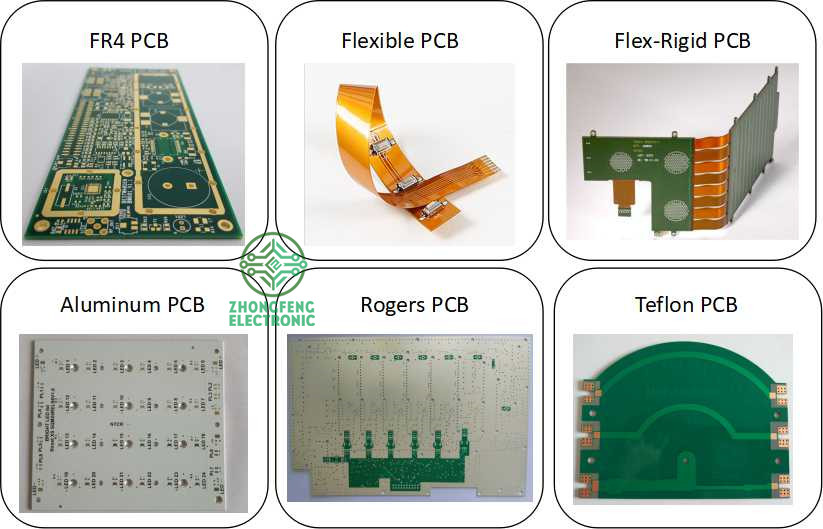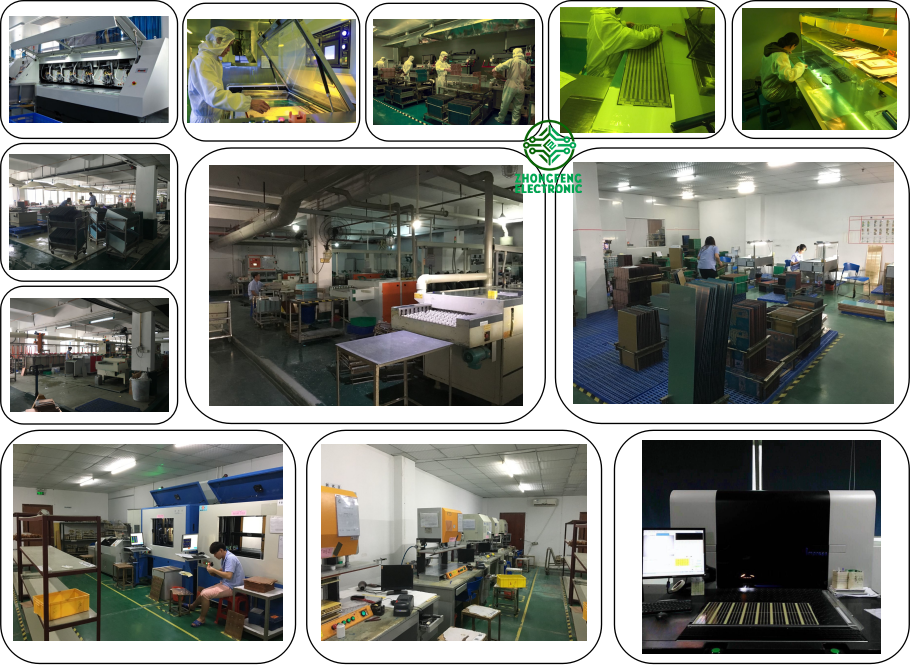The optical effect of today can be explained by the principle of optical 3 primary colors. When white light passes through the prism, it is refracted into a transition chromatography of multiple colors. In the range of visible light 400~800um, the color can be divided into red, orange, yellow, green, cyan and blue. , the visible spectrum of purple. The human eye is like a 3-color receiver, which is particularly sensitive to three colors: red (620um), green (555um), and blue (470um), while other colors can be blended in different proportions by red, green, and blue. The same, most of the monochromatic light can also be decomposed into three primary colors of red, green and blue.
It can be known from the principle of 3 primary colors that the three primary colors of red, green and blue are independent of each other, and any one of the primary colors cannot be synthesized by other colors, and the three primary colors can be added according to different ratios to form a mixed color called additive color mixing. It can be seen from Fig. 1 that the law is: red + green = yellow, red + blue = purple, blue + green = green, red + blue + green = white, so the white sunlight can be reflected by the water vapor to the color of the dazzling rainbow .
It can be understood from the above principle that white LEDs can also be mixed in this way, so there are usually three ways to deploy white LEDs.
Method 1 is a multi-wafer light mixing technology, in which red, blue, and green 3 wafers or blue and yellow light double wafers are respectively fixed in the same package body, and then the current amount of each wafer is adjusted, and the light output amount of each wafer is adjusted to control the light mixing ratio. To achieve the goal of mixing white light. Among them, the color saturation and color Rendition of red, blue and green multi-wafer light mixing technology are the best, but it is also necessary to overcome the problems of wafer light attenuation, excessive heat source concentration and heat dissipation package. If any of the wafers fail early, the desired white light source cannot be obtained.
In the method 2, the blue, green, and red phosphor powders uniformly excited by the ultraviolet light LED are excited to excite a certain proportion of the three primary colors to be mixed and output white. The three-wavelength white light emitting diode has the advantages of high color rendering, but has the disadvantages of insufficient luminous efficiency and uneven light mixing.
Method 3: Around the blue LED = mixed with YG (Yttrium Aluminum Garnet) phosphor powder, and using a blue LED with a wavelength of 400 ~ 530nm, emits light to excite the yellow YAG phosphor to produce yellow light, but At the same time, it is also mixed with the original blue light to form a white light of two wavelengths mixed with blue and yellow.
The third method is usually packaged in this way because of its simple method and low cost. However, such LEDs have high color temperature and unevenness, and the red spectrum is weak, resulting in poor color rendering.
Since white LEDs that emit yellow phosphors by blue LEDs have these problems, there is a technical introduction to solve this problem, and controlling the uniformity of the phosphor can be started in two aspects. Firstly, the colloidal compounding technology is discussed, and the phosphor powder can be uniformly mixed in the optical glue by vacuum stirring to enhance the uniformity of light dispersion. In addition, it can also improve the uniform coating technology of fluorescent powder. Nowadays, there are many coating methods. Firstly, the fluorescent powder is sprayed on the wafer, but the problem of uneven spraying needs to be solved. In addition, a fluorescent tape can be attached to the wafer.
This method can solve the problem of the thickness and distribution of the fluorescent glue, but there is a problem that the alignment and the gold wire breakage need to be solved. The above two technologies must use higher precision machines and technologies, so the import threshold is higher. For those who are interested in the packaging field, the cost and technical threshold are considered. Most of them are the simplest. Dispensing technology for packaging, but dispensing will face uneven coating thickness and distribution range.
As printed circuit board technology has continued to evolve, it has paved the way for the creation of a host of exciting product innovations. A prime example is the development of the PCB for LED lighting. The LED is soldered to the circuit board and features a chip that produces the light when electrically connected. A thermal heat sink and a ceramic base are used to bond the chip.
An LED PCB Board tends to generate a high volume of heat, making it difficult to cool via traditional means. Consequently, metal core PCBs are frequently chosen for LED application due to their enhanced ability to dissipate heat. Aluminum in particular is often used to manufacture circuit boards for LED lights. The Aluminum PCB typically includes a thin layer of thermally conductive dielectric material that can transfer and dissipate the heat with much greater efficiency than a traditional rigid PCB.
PCB = printed circuit board and PCBA = printed circuit board assembly. For PCB, it means the copper circuits be printed on a board, and so the main composition of PCB are copper and board.
The copper is the circuits material and the circuits designed by the PCB designers. Depends on the current in the circuits, the PCB copper thickness could be done with 0.5oz-10oz. But the PCB designers need be noted that the copper track width/space need be enlarged with the thickness. For example, the minimum copper track width/space could be 3mil/3mil with 0.5oz, but would be 4mil/4mil with 1oz.
The PCB board could be rigid PCB, could be flex PCB and also could be Flex-Rigid PCB. And the materials could be FR4, PI, Aluminum, Copper-based, Rogers, Teflon, etc. They have different applications. For example, FR4 PCB is the most commonly used for rigid PCB and almost good for all electronics products; PI is the most commonly used for flex PCB; Aluminum and copper-based have good thermal diffusivity and always used for LED PCB ; Rogers PCB and Teflon PCB are always used for High Frequency PCB, etc.
We are the one-stop shop for all kinds of PCB manufacture service from PCB Prototype to big volume, which could save our customers a lot of time and money.
PCB Manufacture Capabilities
|
Features |
Capabilities |
|
Layers |
1-36 layers |
|
Material |
FR-4, Aluminum, Copper, Polyimide, high frequency (Rogers, PTEE, PI), etc. |
|
PCB Type |
FR-4 Standard PCB , Aluminum PCB, Copper-based PCB, HDI PCB , Rigid-Flex PCB, Flex PCB, Thick Copper PCB and Rogers PCB, etc. |
|
Board Thickness |
0.1mm-6.0mm |
|
Copper Thickness |
1/2oz-6oz(18um-210um) |
|
Biggest Board size |
600mm*1200mm |
|
Min Tracing/Spacing |
0.075mm/0.075mm (3mil/3mil) |
|
Min drilling Hole diameter |
0.15mm(6mil), 0.1mm(4mil)-laser drill |
|
Solder Mask |
Green, Black, White, Red, Yellow, Blue and Purple, etc. |
|
Silkscreen color |
White, Blue, Black, Red, Yellow |
|
Surface finish |
HASL Lead free, Immersion Gold (ENIG), Immersion Tin, Immersion Silver, OSP, Carbon oil, etc. |
|
Special Techniques |
Impedance Control, Gold Fingers, Blind/Buried vias, Peelable solder mask, Half holes, Via-in-Pad and Countersink hole, etc. |
PCB Products Show

PCB Factory Show

LED PCB
LED PCB,LED PCB Board,Aluminum LED PCB Assembly,LED PCB Strip
ZhongFeng Electronic Technology Co., Limited , https://www.dopcba.com
